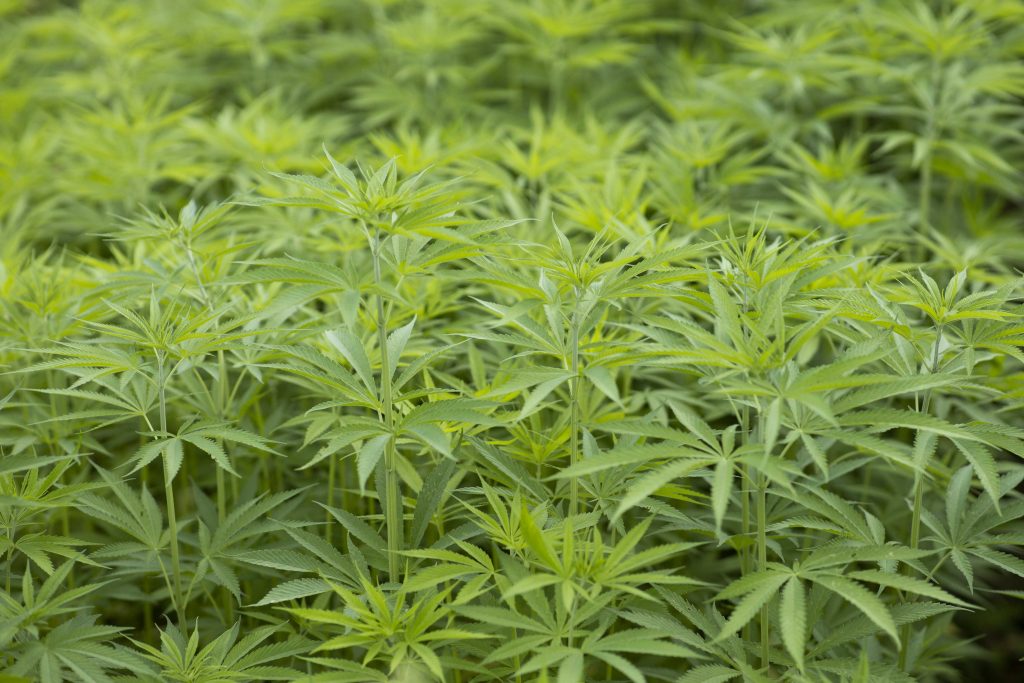
“Good science takes time.”
That is the message Jerry Frankhauser is preaching. The assistant director of the Florida Agricultural Experiment Station who oversees the University of Florida hemp research program stresses that like other projects at other universities, the UF/IFAS Industrial Hemp Pilot Project will take between 3 and 5 years before they have a handle on how hemp will grow throughout the state.
“Our UF-IFAS Pilot Project is actively working to get this information out on the street as soon as possible,” Frankhauser said.
There is a lack of scientific data to provide to farmers interested in producing hemp, since the crop is still in its infancy stage of being produced in the Southeast region.
The USDA approved Florida’s state hemp program this past year as growers started submitted applications to produce hemp on April 27. But UF advises interested producers that since hemp has not been available to grow for decades, there is a lack of research information available. Farmers need to proceed with caution.
“We like other states, whether it is the University of Georgia or University of Kentucky are actively trying to play catch up scientifically to better understand how hemp grows and develops,” Frankhauser said. “For us it’s very important because we have a sub-tropical environment with shorter day lengths. There’s some unique challenges to research and to grow hemp in the state of Florida.”
Early Observations
He has already deduced that while hemp can grow in Florida, not all hemp varieties are adaptable to Florida’s climate.
“Most hemp varieties are daylength sensitive. Our daylight here in the Sunshine State is less than in the northern states during the summertime. This was one of the reasons that our team lead, Dr. Zach Brim from our UF/IFAS Tropic and Education Center, he sought out diverse hemp genetics from all around the world. This included varieties bred for grain, fiber and of course, what people know as high cannabinoid type varieties like CBD or CBG,” Frankhauser said.
“Another challenge and objective from our initial pilot project was to better understand how to grow grain, fiber and high cannabinoid type hemp. We’re looking at the management systems for these types of hemp and the importance of the data planting or transplanting into the field; looking at fertilization, irrigation, the use of other inputs and efforts in order for our stakeholders, our growers to produce a profitable crop. That’s indeed a challenge. We’re still learning on the go. Of course, we’re still working with our growers now who can get commercial licenses to grow industrial hemp.”









